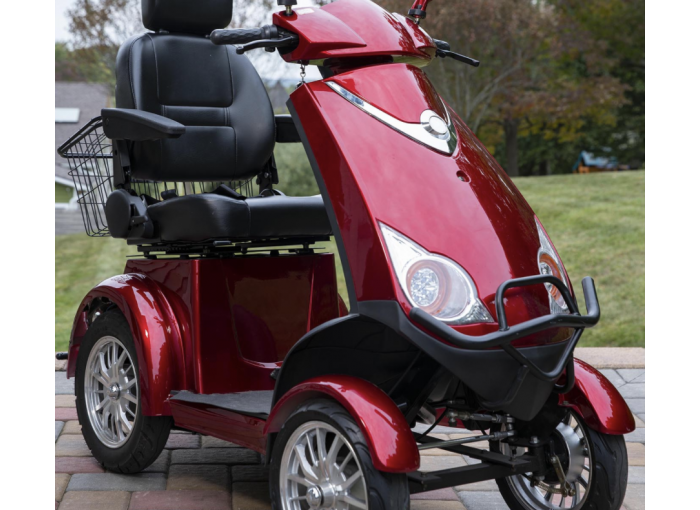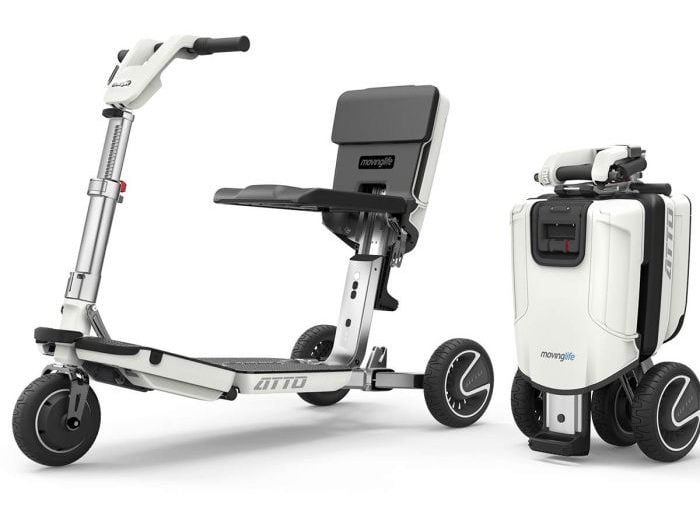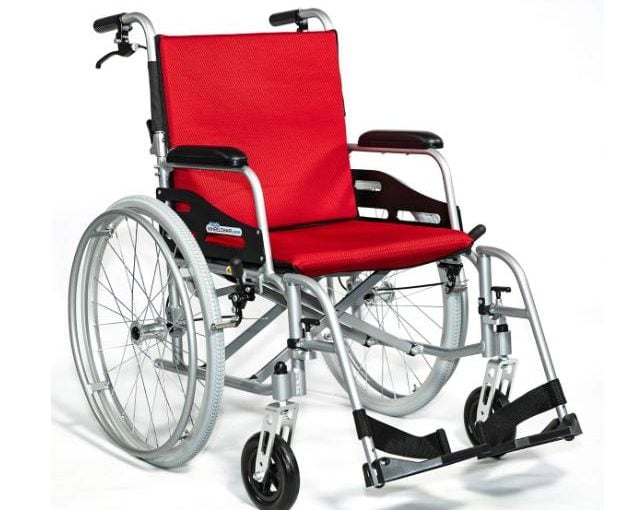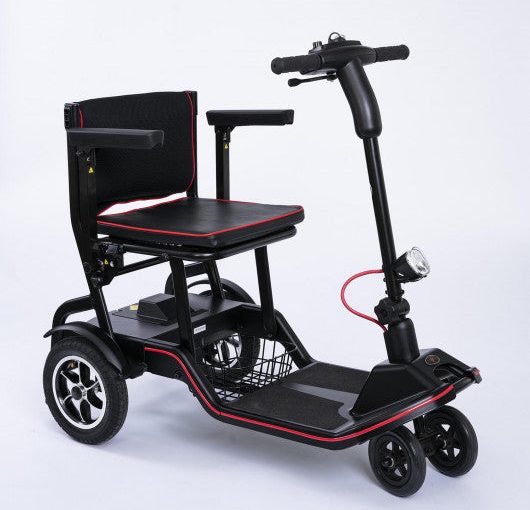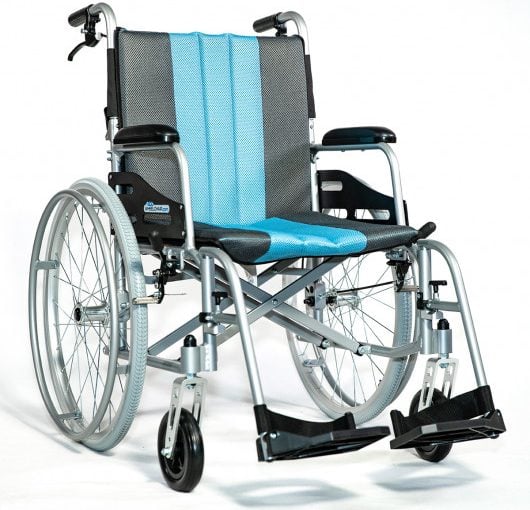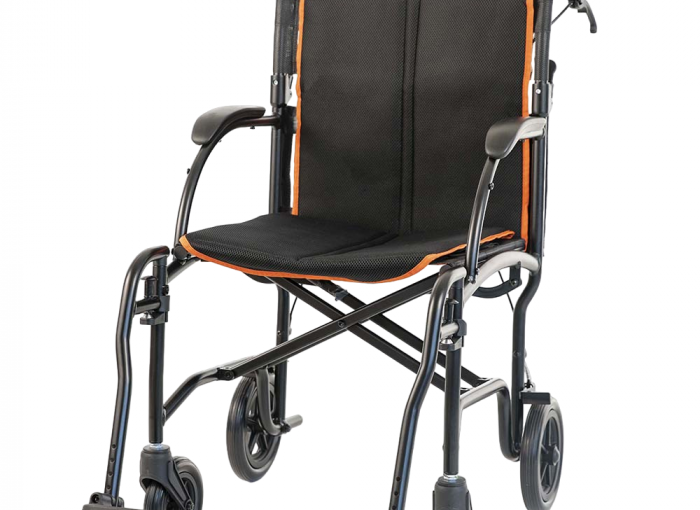Continue reading Lightweight Power Wheelchairs: Benefits, Buying Tips, Cost Factors and More
Month: December 2022
Consider the Benefits of a Lightweight Mobility Scooter
Continue reading Consider the Benefits of a Lightweight Mobility Scooter
Looking Beyond the Horizon: Ultralight Wheelchairs Setting The New Standard
Continue reading Looking Beyond the Horizon: Ultralight Wheelchairs Setting The New Standard
Electric Wheelchairs vs. Mobility Scooters: What is the Right Choice for You?
Continue reading Electric Wheelchairs vs. Mobility Scooters: What is the Right Choice for You?
What is International Wheelchair Day?
Simple Mobility and Lightweight Wheelchair Solution
Continue reading Simple Mobility and Lightweight Wheelchair Solution
A Closer Look Inside the World of Transport Wheelchairs
Continue reading A Closer Look Inside the World of Transport Wheelchairs
